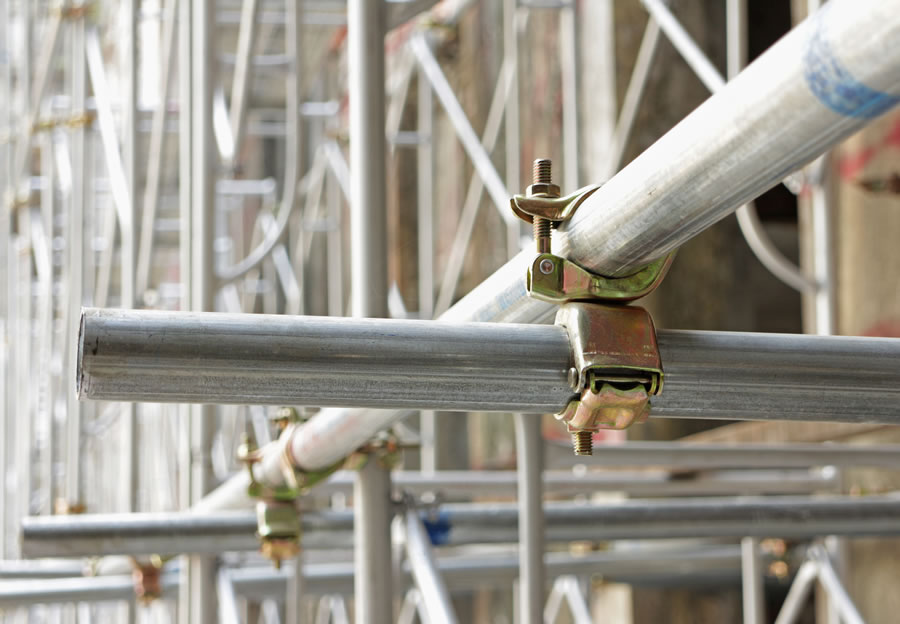Within the ever-evolving world of commercial construction, temporary frameworks plays a crucial role in ensuring productivity and safety on job sites. As endeavors grow in intricacy and size, the significance of strong scaffolding options becomes more evident. This text examines the different facets of commercial scaffolding, from its importance in supporting work processes to its critical function in improving occupational protection.
Understanding what commercial scaffolding consists of is the primary step toward appreciating its significance. Commercial Scaffolding In Paddock Wood acts as a transient framework that permits workers to attain multiple heights safely and securely, making it a necessity for both new projects and upgrades. With multiple types of scaffolding to choose from, including modular systems to classic tube and clamp methods, selecting the right approach can greatly influence the efficacy of a job. Come with us as we dig deeper into the scaffold revolution, discovering cutting-edge solutions that are changing the field of commercial construction.
Understanding Industrial Platforms
Commercial platforms plays a crucial role in the construction field, acting as a temporary framework that enables workers to get to elevated areas without risk and effectively. This type of structure is necessary for multiple construction projects, from tall buildings to commercial refurbishments, as it backs both the workforce and materials required to accomplish tasks at height. With a variety of styles and systems available, business scaffolding can be tailored to fit the particular needs of any job, ensuring that security and accessibility are prioritized.
There are various types of structures used in commercial building, every tailored for different purposes and project requirements. Typical types include tube and clamp scaffolding, system structures, and prefabricated scaffolding, each offering distinct advantages. For instance, modular scaffolding is frequently favored for its simplicity of assembly and adaptability, while tube & clamp structures provides a more adaptable answer for intricate projects. Grasping these choices is vital for builders and project managers in determining the most suitable system for their specific needs.
Security is a primary concern when it comes to industrial scaffolding. Proper utilization and maintenance of scaffolding can substantially enhance job site safety by providing stable surfaces for workers and avoiding falls and accidents. It is essential for teams to be well-trained in scaffolding safety protocols and to carry out routine safety inspections. In addition to following Occupational Safety and Health Administration regulations, companies should emphasize ongoing education and adherence to best practices to reduce common scaffolding hazards and guarantee a safe work environment.
Protection and Regulations in Scaffold Systems
Ensuring safety and adherence in scaffold systems is vital for safeguarding employees and reducing project risks. Industrial scaffolding is bound to strict standards set forth by entities such as OSHA. These rules dictate everything from structure and load capacity to assembly and dismantling protocols. Following to these standards is not just a legal requirement but also a significant aspect of responsible project management. A solid understanding of regulatory factors helps prevent accidents and fosters a culture of safety on the job site.
Training is a key component of scaffold system safety and compliance. All workers must be educated on the correct use of scaffold techniques and the possible hazards they may encounter. Regular training sessions should cover Occupational Safety and Health Administration standards, safety protocols, and crisis procedures. Providing the workforce with information ensures that all personnel involved understands their responsibilities and appreciates the significance of following safety protocols to mitigate risks effectively.
Conducting thorough safety inspections before and during the use of scaffolding is crucial for adherence. Routine assessments should include checks for stability, equipment damage, and external factors that could affect stability. By spotting and addressing these issues proactively, project managers can significantly reduce the likelihood of accidents. A proactive approach to inspections not just complies with compliance requirements but also fosters a more secure working environment for everyone involved in the project.
Scaffolding Solutions for Different Undertakings
Temporary scaffolding holds a critical function in a variety of projects, adapting to the particular needs of each project. For instance, high-rise buildings typically require specialized scaffolding systems that can reach considerable heights while ensuring structural integrity and safety. These systems are designed with elements that address the challenges of urban construction, allowing crews to operate efficiently at elevated levels without jeopardizing security standards. The versatility of scaffolding solutions empowers construction teams to navigate the challenges of urban environments while ensuring productivity.
In furthermore to tall construction, scaffolding solutions are essential for renovations in commercial buildings. During these projects, it is critical to verify that the scaffolding can support both the weight of workers and equipment while offering secure access to different areas of the building. Bespoke scaffolding configurations can be crafted to suit various architectural formats, enabling contractors to handle difficult renovations that often face unique obstacles. This flexibility enhances job timelines and encourages a more efficient process.
In addition, large venues such as stadiums and academic institutions present their own scaffolding difficulties. These undertakings often need extensive solutions that not only support construction but also serve large crowds during events. Scaffolding must be designed to support increased loads while ensuring the protection of both workers and the general populace. By utilizing advanced scaffolding systems, contractors can establish safe working environments that effectively meet the unique needs of high-profile projects, ultimately leading to the successful completion of essential community infrastructure.

